Climbing Cecile Brunner
bellarosa
9 years ago
Related Stories

GARDENING GUIDES6 Captivating Roses for an Alluringly Fragrant Garden
Perfume your garden with aromas from richly spicy to lightly sweet, without sacrificing an inch of color
Full Story
WINTER GARDENINGPruning Secrets for Exquisite Roses
Encourage gorgeous blooms year after year with this time-tested advice on how to prune your rosebush in winter for health and shape
Full Story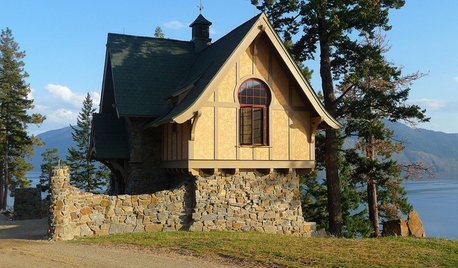
ARCHITECTUREHow to Design a Storybook Cottage
A client’s request: “Build me a house where Disney meets Tudor.” The architect explores the details that make the style
Full Story
GARDENING GUIDESWhat Kind of Roses Should You Grow?
Want to add the beauty of roses to your garden? Find out which ones, from old-fashioned to modern, are right for you
Full Story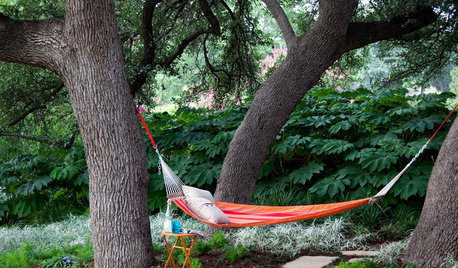
LANDSCAPE DESIGNCreating a There, There in the Garden
Make your landscape a destination worth enjoying and exploring with these ideas and examples
Full Story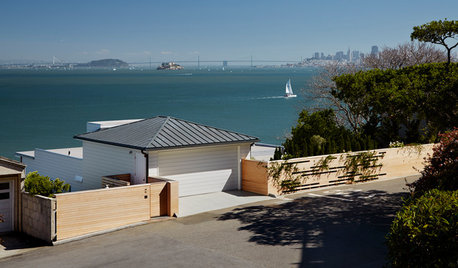
INSPIRING GARDENSAn Award-Winning Landscape Embraces Bay Views
Once overgrown and lackluster, these California garden areas now thoughtfully enhance the incredible view
Full Story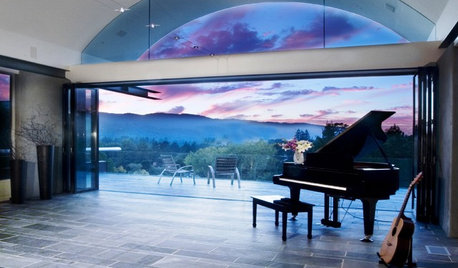
GARDENING AND LANDSCAPINGGarden Design Essentials: Positive-Negative Space
Discover how to place your garden forms for visual balance and eye-pleasing pattern in the landscape
Full Story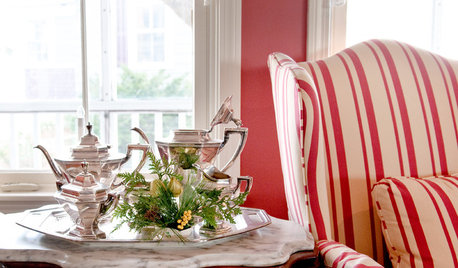
LIFESimple Pleasures: Indulging in Teatime
Get out the china cups and cream-slathered scones. Tea with treats can make even an uneventful day feel extravagant
Full Story
DECORATING GUIDESGirly Modern Bedrooms Delight Three Young Sisters
Style-savvy wallpaper, custom pieces and touches of turquoise make for three colorful rooms that will grow with the girls
Full Story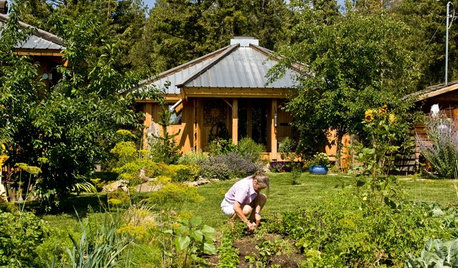
HOUZZ TOURSHouzz Tour: Pint-Size Cabin in Rural Canada
An ecofriendly and cost-effective house smaller than 300 square feet offers a fresh start
Full Story





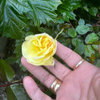
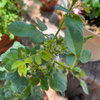

Embothrium
nippstress - zone 5 Nebraska
Related Professionals
Forest Acres Landscape Architects & Landscape Designers · Severn Landscape Architects & Landscape Designers · Burlington Landscape Contractors · Athens Landscape Contractors · Bellefontaine Neighbors Landscape Contractors · Cupertino Landscape Contractors · El Reno Landscape Contractors · Emmaus Landscape Contractors · Medford Landscape Contractors · New Braunfels Landscape Contractors · Roseville Landscape Contractors · Wilton Landscape Contractors · Antioch Landscape Contractors · Norridge Landscape Contractors · Shenandoah Landscape ContractorsEmbothrium